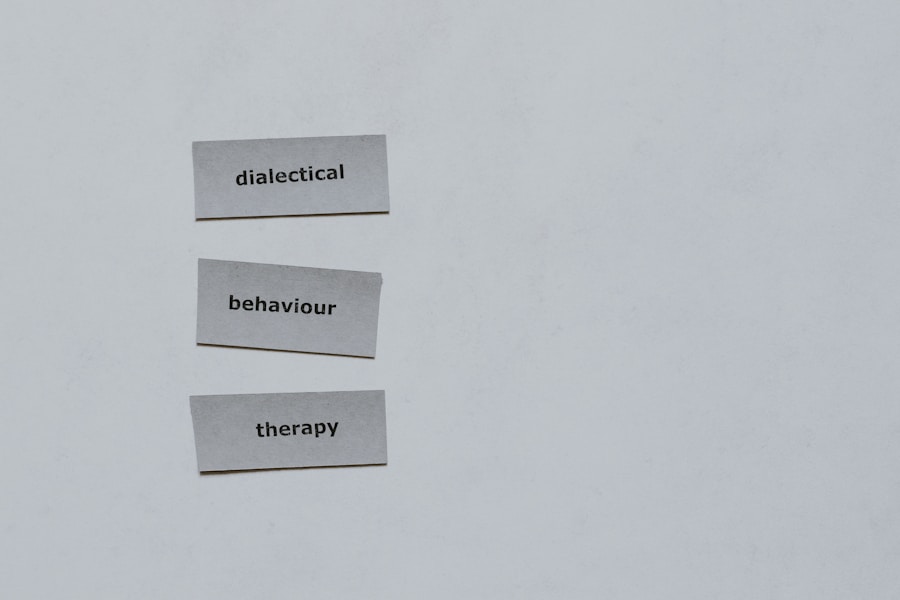ESCAPING THE NARCISSIST
Are you trapped in a toxic relationship? It's time to reclaim your life and find healing. ESCAPING THE NARCISSIST: HOW TO HEAL AND RECOVER FROM NARCISSISTIC ABUSE IN RELATIONSHIPS is your guide to breaking free and starting your journey towards recovery.
Don't let the pain control you any longer. Take the first step today and discover the strategies to overcome emotional abuse and rebuild your life. You deserve happiness and peace.
Start Your Healing Journey TodayGaslighting is a form of psychological manipulation in which the perpetrator seeks to sow seeds of doubt in the victim, making them question their own memory, perception, and sanity. The term “gaslighting” originates from the 1938 play “Gas Light” and its 1944 film adaptation, in which a husband manipulates his wife into believing she is going insane by dimming the gas lights in their home and then denying that the lights are flickering when she points it out. This classic example illustrates the essence of gaslighting – the abuser’s relentless denial of the victim’s reality, leading the victim to question their own sanity.
Gaslighting works by gradually eroding the victim’s sense of reality and self-worth. The abuser employs a range of tactics to achieve this, including outright denial of events, trivializing the victim’s feelings, and projecting their own behavior onto the victim. Over time, the victim may become increasingly dependent on the abuser for validation and may even start to believe that they are indeed the problem. Gaslighting is insidious and can have devastating effects on the victim’s mental and emotional well-being.
Recognizing Gaslighting Tactics: Common Manipulative Behaviors to Look Out For
Gaslighting tactics can take many forms, and it is important to be able to recognize them in order to protect oneself from manipulation. Some common gaslighting behaviors include lying and denying, where the abuser blatantly denies events or lies about them in order to confuse the victim. Another tactic is trivializing the victim’s feelings, where the abuser dismisses the victim’s emotions as irrational or unwarranted. Projection is also a common gaslighting tactic, where the abuser accuses the victim of behavior that they themselves are guilty of.
Other manipulative behaviors to look out for include withholding information, where the abuser deliberately withholds information from the victim in order to keep them in the dark and maintain control. Gaslighters may also use positive reinforcement as a tactic, where they praise and reward the victim when they comply with their demands, further reinforcing the cycle of manipulation. By being aware of these common gaslighting tactics, individuals can better protect themselves from falling victim to manipulation.
The Psychological Impact of Gaslighting: How Manipulation Affects Victims
The psychological impact of gaslighting on victims can be profound and long-lasting. Gaslighting can lead to feelings of confusion, self-doubt, and anxiety as the victim’s sense of reality is continually undermined. Over time, victims of gaslighting may experience a loss of confidence in their own perceptions and may become increasingly reliant on the abuser for validation and approval. This can lead to a sense of powerlessness and a diminished sense of self-worth.
Gaslighting can also have a significant impact on the victim’s mental health, leading to symptoms of depression, anxiety, and even post-traumatic stress disorder (PTSD). The constant manipulation and invalidation of their experiences can take a toll on the victim’s emotional well-being, leading to feelings of isolation and despair. It is important for victims of gaslighting to seek support and validation from trusted allies in order to begin the process of healing from the psychological impact of manipulation.
Overcoming Gaslighting: Strategies for Asserting Your Reality and Regaining Control
Overcoming gaslighting requires a conscious effort to assert one’s reality and regain control over one’s own perceptions. One strategy for overcoming gaslighting is to keep a journal documenting instances of manipulation and gaslighting tactics. This can serve as a record of the abuse and can help victims validate their experiences when they start to doubt themselves. Seeking therapy or counseling can also be beneficial for victims of gaslighting, as it provides a safe space to process their experiences and work through the psychological impact of manipulation.
It is also important for victims of gaslighting to set boundaries with the abuser and assert their own reality. This may involve confronting the abuser about their manipulative behavior and refusing to engage in further gaslighting tactics. Building a support network of trusted allies who can provide validation and support is crucial for overcoming gaslighting. By surrounding oneself with people who believe and validate their experiences, victims can begin to rebuild their confidence and trust in their own perceptions.
Seeking Support: The Importance of Surrounding Yourself with Trusted Allies
Seeking support from trusted allies is crucial for victims of gaslighting in order to break free from the cycle of manipulation. Trusted allies can provide validation and support, helping victims to regain confidence in their own perceptions and reality. It is important for victims to reach out to friends, family members, or mental health professionals who can offer support and guidance as they work through the psychological impact of gaslighting.
Trusted allies can also help victims recognize when they are being manipulated and provide a reality check when they start to doubt themselves. By surrounding themselves with people who believe and validate their experiences, victims can begin to rebuild their self-confidence and trust in their own perceptions. Seeking support from trusted allies is an essential step in healing from gaslighting and regaining control over one’s own reality.
Healing from Gaslighting: Rebuilding Self-Confidence and Trust in Your Own Perceptions
Healing from gaslighting requires a conscious effort to rebuild self-confidence and trust in one’s own perceptions. This may involve seeking therapy or counseling to work through the psychological impact of manipulation and develop healthy coping strategies. It is important for victims to practice self-care and engage in activities that promote self-confidence and self-worth, such as exercise, creative pursuits, or spending time with supportive friends and family members.
Victims of gaslighting may also benefit from practicing mindfulness and grounding techniques to stay connected to their own reality and reduce feelings of confusion and self-doubt. By actively working to rebuild self-confidence and trust in their own perceptions, victims can begin to break free from the cycle of manipulation and regain control over their lives. Healing from gaslighting is a gradual process that requires patience, self-compassion, and support from trusted allies.
Spreading Awareness: Educating Others and Breaking the Cycle of Manipulation
Spreading awareness about gaslighting is crucial for breaking the cycle of manipulation and empowering individuals to recognize and protect themselves from psychological abuse. By educating others about gaslighting tactics and manipulation, individuals can help prevent others from falling victim to this insidious form of abuse. Spreading awareness about gaslighting also helps reduce stigma surrounding mental health issues and encourages open conversations about healthy relationships and boundaries.
Educating others about gaslighting can also help empower victims to seek support and validation from trusted allies, breaking free from the isolation and self-doubt that often accompanies manipulation. By spreading awareness about gaslighting, individuals can help create a culture of support and validation that empowers victims to assert their reality and regain control over their lives. Breaking the cycle of manipulation starts with education and awareness, empowering individuals to recognize and protect themselves from psychological abuse.


